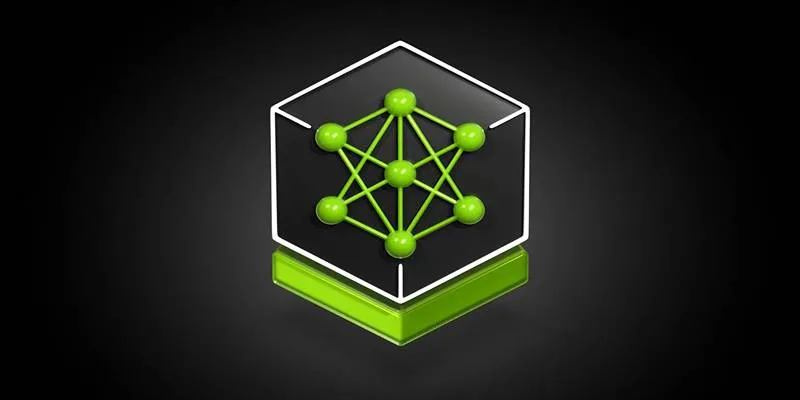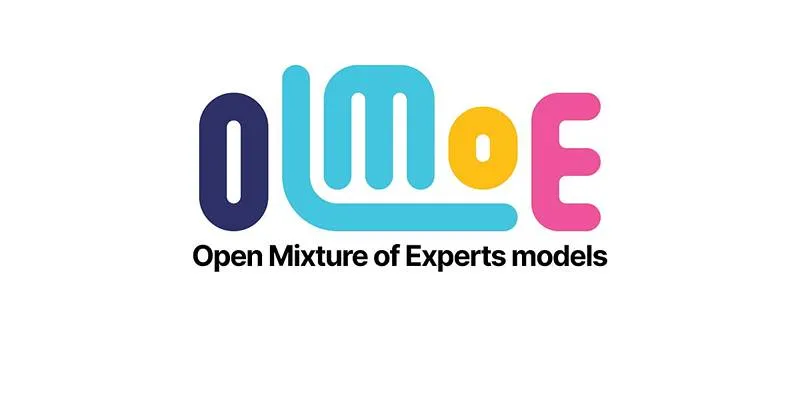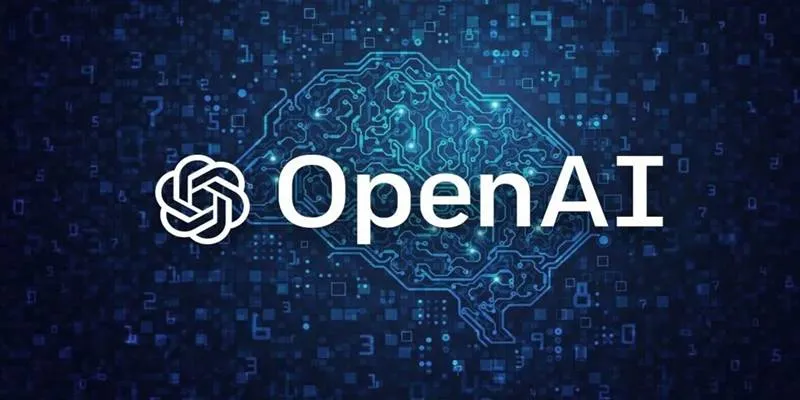AI (artificial intelligence) is revolutionizing numerous industries worldwide, from banking and customer service to healthcare and autonomous vehicles. While much attention is given to training AI models, inferencing—applying these trained models to make predictions on new data—is what truly brings AI to life in real-world applications. For AI systems that operate in real-time, efficient inference is crucial, especially when scaling up.
This is where NVIDIA NIM comes into play. It represents a significant advancement in scalable AI inferencing, providing developers with a streamlined method to deploy AI models using microservices. With optimized performance, plug-and-play pre-trained models, and seamless integration into modern tech stacks, NIM is paving the way for smarter, faster AI deployments. Let’s delve deeper into what makes NVIDIA NIM a breakthrough in this arena.
AI Inferencing: The Engine Behind Intelligent Applications
To grasp the importance of NVIDIA NIM , it’s essential to understand the role of inference in the AI lifecycle. While training a model involves feeding it large datasets and adjusting parameters to minimize error, inference is the process of using that trained model to generate outputs based on new inputs.
Although it might sound straightforward, in practice, inference must often be:
- Fast: Latency is critical. In a self-driving car or a real-time fraud detection system, every millisecond counts.
- Scalable: Businesses need to serve millions of users or process vast streams of data simultaneously.
- Reliable: Inferencing models must produce accurate, consistent results regardless of workload fluctuations or infrastructure.
NVIDIA NIM addresses these challenges by offering a framework that combines high performance, ease of use, and flexibility for developers and organizations alike.
What Is NVIDIA NIM?

At its core, NVIDIA NIM is a platform that packages pre-trained AI models into microservices, simplifying the integration of powerful AI capabilities into applications without the burden of managing infrastructure.
These microservices are lightweight, independent units that communicate over APIs, allowing them to be deployed, scaled, and updated independently. This design aligns with best practices from modern cloud architecture and unlocks significant advantages for AI deployment.
With NVIDIA NIM, AI models are no longer monolithic components that require complex engineering efforts to deploy. Instead, they are plug-and-play services optimized to run efficiently on NVIDIA’s powerful GPU infrastructure—whether in the cloud, on-premises, or at the edge.
Key Features of NVIDIA NIM
NVIDIA NIM is more than just another AI service—it’s a meticulously engineered ecosystem designed to eliminate the friction from AI inferencing. Here are some of the standout features that make it a future-proof solution for scalable deployment:
1. Pretrained Models for Instant Use
NIM includes a comprehensive library of pre-trained models tailored for a wide array of use cases, including:
- Natural Language Processing (NLP)
- Computer Vision
- Speech Recognition
- Text-to-Image Generation
- Reasoning and Chat-based AI
This enables developers to instantly leverage cutting-edge AI capabilities without investing weeks or months into training and fine-tuning.
2. Low-Latency, High-Throughput Performance
Inferencing demands speed—and NIM delivers. Thanks to NVIDIA’s specialized GPU acceleration technologies, such as TensorRT, models deployed via NIM offer minimal latency and high throughput, making them suitable for use in real-time applications such as:
- Autonomous driving
- Voice assistants
- Financial trading platforms
- Live content moderation
The optimization behind NIM ensures consistent performance even under demanding loads.
3. Microservices Architecture
The use of containerized microservices means that each model operates independently yet can integrate seamlessly with others. This approach offers several advantages:
- Scalability: Easily scale individual components based on demand.
- Modularity: Combine multiple services to build complex workflows.
- Fault Isolation: If one service fails, others continue to function without disruption.
This architecture is ideal for enterprises looking to build robust, flexible AI systems without being locked into rigid monolithic deployments.
4. Cross-Platform Compatibility
Whether you’re deploying in the cloud, at the edge, or across hybrid infrastructure, NIM offers the portability and flexibility to support various deployment scenarios. It’s optimized to work with major cloud providers, as well as on NVIDIA-powered edge devices. This flexibility opens doors for developers to build and run AI solutions in diverse environments, making NIM a truly versatile platform.
How to Use NVIDIA NIM for AI Inferencing
Getting started with NIM is remarkably straightforward. Here’s a simplified overview of how developers can access and use models from the platform:
- Sign up and log in through the NVIDIA NIM portal using your email.
- Select a pre-trained model that suits your task (e.g., reasoning, vision, or generation).
- Generate your API key, which is required to authenticate and call the service.
NIM’s user interface and developer tools make this process accessible even to teams with limited AI deployment experience.
Getting Started: Developer-Friendly Approach

To start using NVIDIA NIM , developers only need basic Python knowledge and access to standard libraries like requests, dotenv, and an NVIDIA API key. Sample implementations for text and image tasks are readily available in the documentation. Furthermore, because NIM is API-driven, it easily integrates with tools like Postman, cURL, or Python scripts, allowing seamless integration into existing workflows.
Speed and Efficiency: A Winning Combo
One of NIM’s most compelling benefits is how quickly it can return results. Inferencing benchmarks show:
- Reasoning models respond in less than 1 second
- Image generation tasks are completed in under 4 seconds
This level of performance is especially impactful in real-time systems where user experience and operational efficiency are tightly coupled with latency.
Moreover, because NIM handles much of the backend complexity—like GPU provisioning, scaling, and routing—developers can focus on improving application logic, user experience, and business outcomes.
Conclusion
As AI continues to transition from research labs to production environments, the focus is shifting from model training to model deployment. Efficient, scalable, and reliable inference is now the key to unlocking the full potential of artificial intelligence. NVIDIA NIM stands at the forefront of this transformation, providing a practical and powerful platform for real-time AI deployment. With its pre-trained models, microservice architecture, GPU- accelerated performance, and broad compatibility, it offers everything needed to scale AI inferencing across industries and use cases.
 zfn9
zfn9























